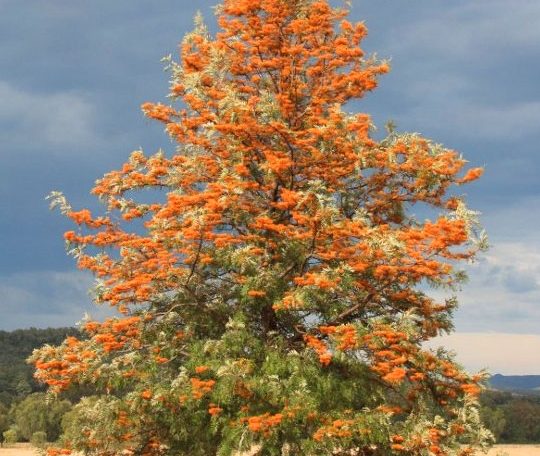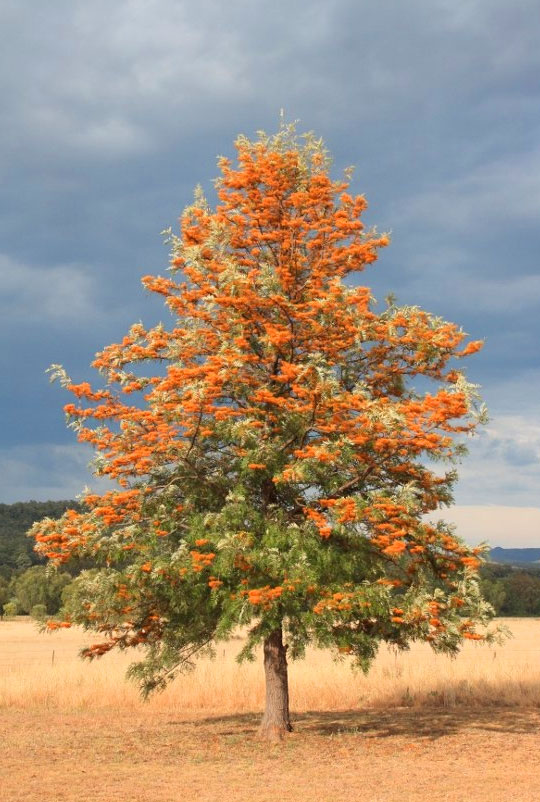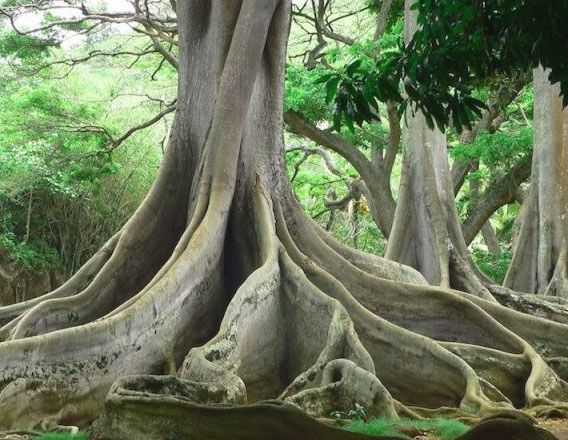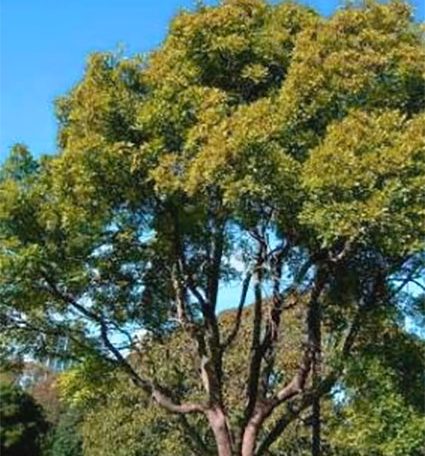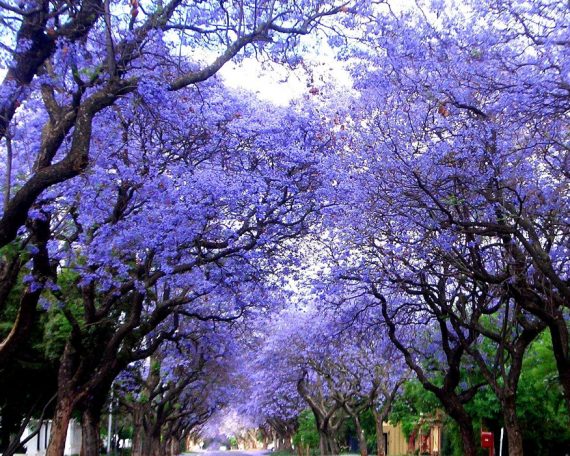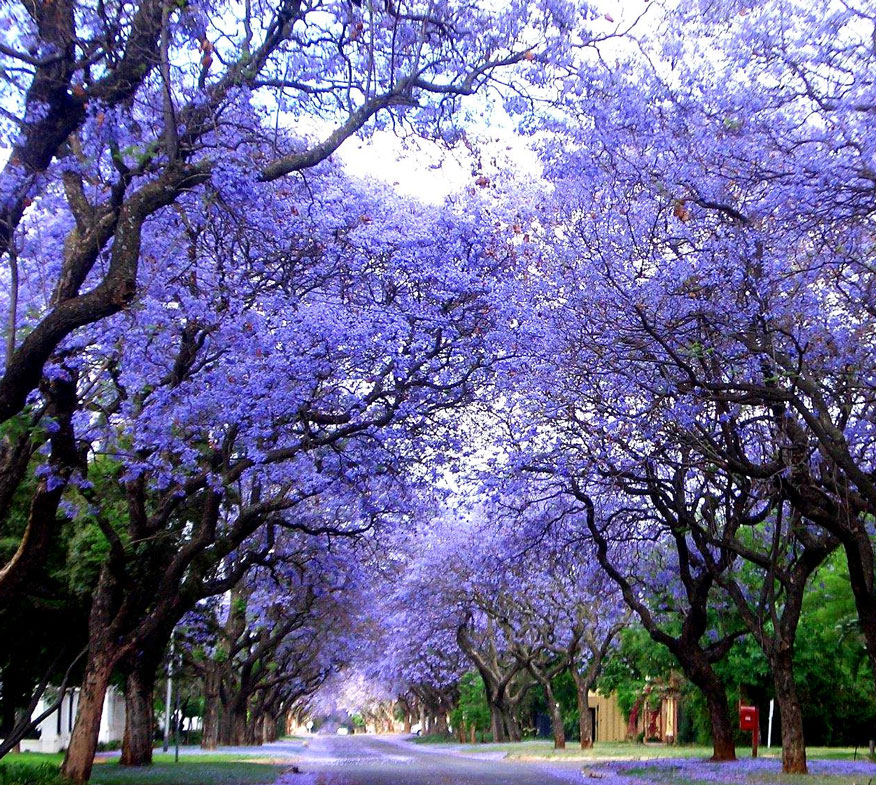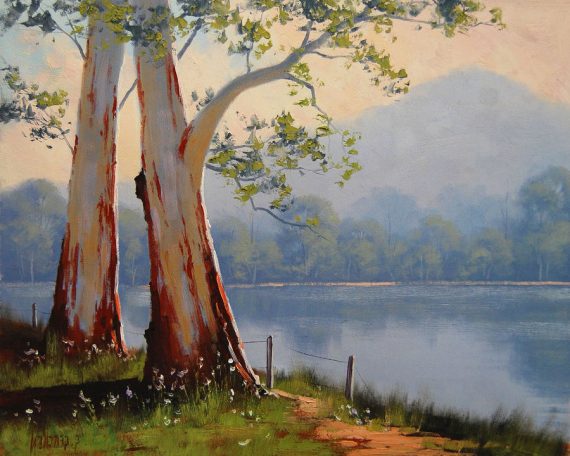Gold Coast Arborist – Our ‘Job Of The Week’
Gold Coast Arborist
Job Of The Week - 24 November 2017
This week's top job goes to our tree pruning and tree removal work for a body corporate in Emerald Lakes. The primary concern was the thirteen street trees which had grown into and over the surrounding homes. These problem trees were causing damage to gutters and providing a pathway for pests to invade the homes, as well as reducing the passage of natural light into the homes. Our Gold Coast Arborists were called in to prune the branches away from the buildings and conduct a canopy lift on the roadside. The goal of this roadside tree pruning was to ensure all residential vehicles and delivery trucks could pass easily through the street without causing damage to vehicles or the trees. These large leopard trees were probably not the best choice of tree to plant so close to homes, as they have now grown far larger than the body corporate first expected. This is a reminder to all of us to be careful in choosing the right plant for every location, ensuring we understand the growing characteristics and anticipated mature height of the trees we select to plant.
Aussie Tree Care also completed tree removals of three pencil pines on a nearby street. These pines began to deteriorate in the small area they were planted in beside buildings. The largest pencil pine had grown above the adjacent three-storey villa, surrounded by concrete! These three tree removals were completed quickly by our qualified arborists. After the ropes were set and the directional cut precisely ready, the pines were quickly pulled onto the ground. Our 14 inch chipper ripped the unwanted pines quickly into mulch, which we then delivered to another location on site to be recycled by the gardeners of Emerald Lakes. Our labourers cleaned up the streets, and the homeowners were able to once again enjoy their beautiful streetscape complete with a facelift by Aussie Tree Care.
If you are looking for Gold Coast Arborists to help you with your trees, Contact Us on 1300873300.
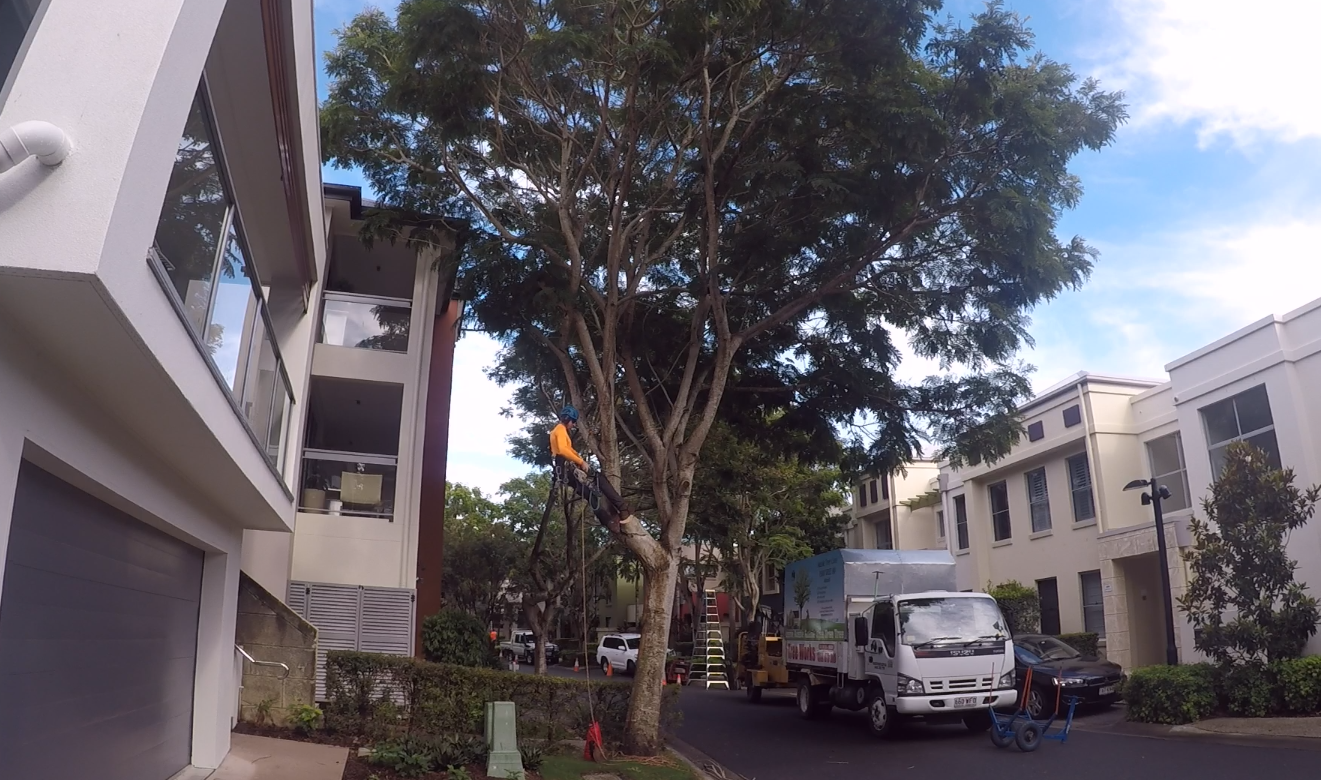
Before tree pruning Gold Coast

After tree pruning Gold Coast
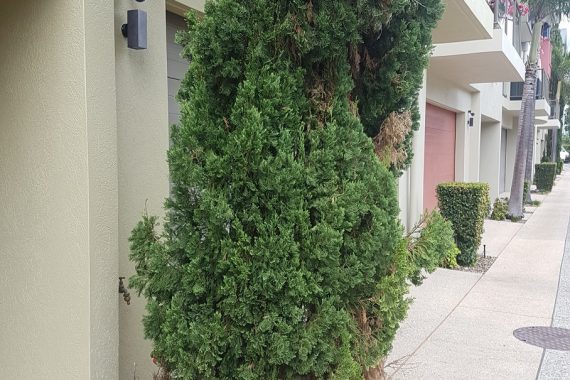
Tree removal Gold Coast
Back to Tree lopping Gold Coast
Back to Homepage
